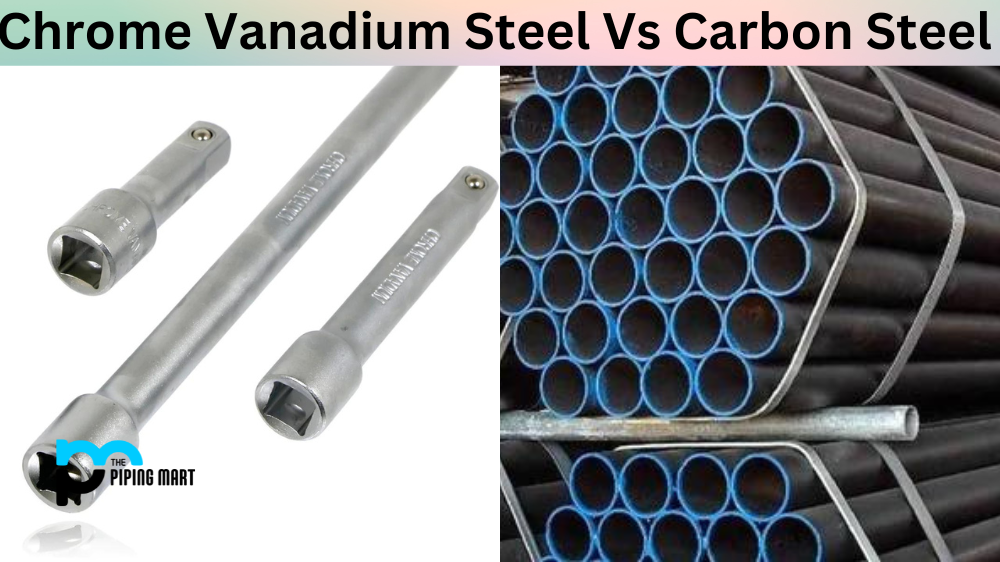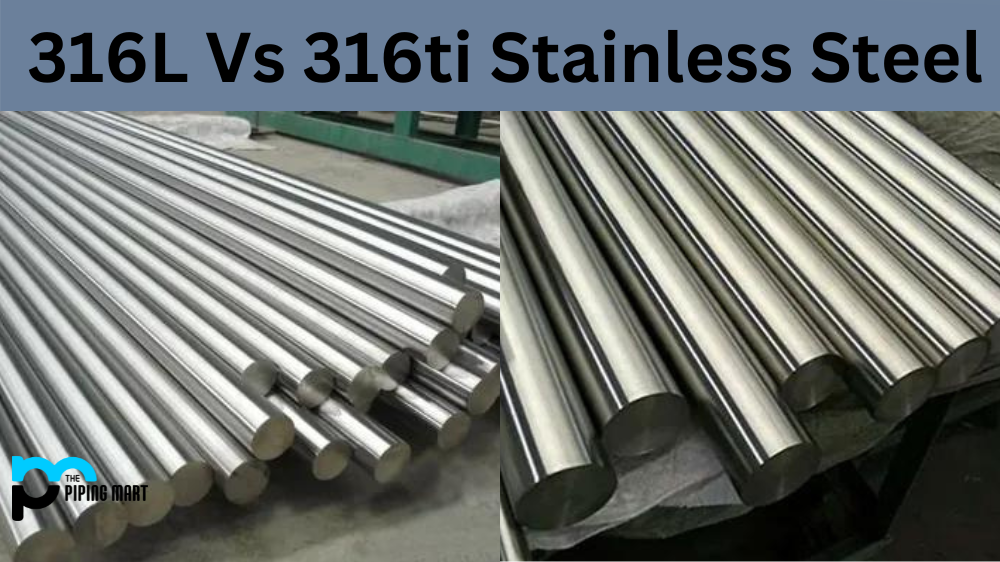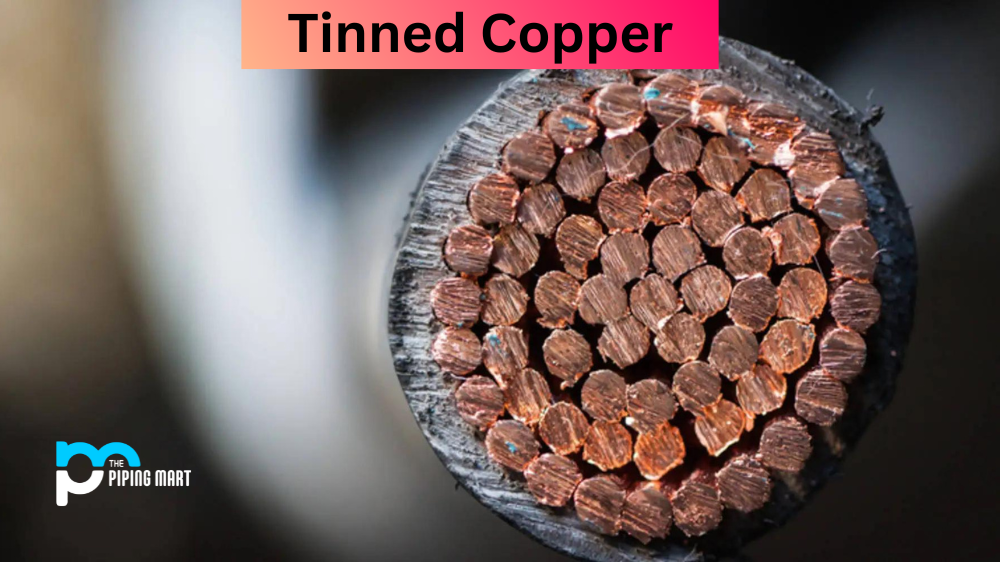Steel choice is critical when choosing the right tools for the job. The most commonly used steels are Chrome Vanadium Steel (Cr-V) and Carbon Steel (C). Each has unique characteristics that affect its durability, strength, and corrosion resistance. This comprehensive guide will explore the differences between Cr-V and C steels, consider their advantages and disadvantages, and discuss the better option for various applications.
Difference Between Chrome Vanadium Steel and Carbon Steel
Composition and Properties
Cr-V steel is an alloy distinguished by its high tensile strength, wear resistance, and minimal distortion under heavy loads. It contains a mixture of chromium and vanadium, which enhance its toughness, hardness, and corrosion resistance. On the other hand, carbon steel is a basic steel alloy that contains varying amounts of carbon, typically between 0.12% and 2.0%. Its low cost, good machinability, and high ductility characterise it. Carbon steel is often used in products that do not require high strength or hardness, such as kitchen utensils, hand tools, and automotive parts.
Durability and Strength
Regarding durability and strength, Cr-V steel is the clear winner. Its superior tensile strength and wear resistance make it ideal for heavy-duty applications where tools are subjected to high stress and heavy loads. Cr-V steel maintains its shape and edge retention better than carbon steel, making it an excellent choice for applications such as sockets, wrenches, and other tools that require consistent performance and accuracy. While softer than Cr-V, carbon steel is still highly durable and can withstand most everyday applications. It is an excellent choice for knives, scissors, and blades that require sharpness and precision, as they can be sharpened easily.
Corrosion Resistance
Another important consideration is corrosion resistance. Chrome Vanadium steel is highly resistant to rust and corrosion, making it an excellent choice for outdoor applications or damp environments. Carbon steel, on the other hand, is more susceptible to rust and corrosion, particularly if exposed to the elements for prolonged periods. However, carbon steel can be protected by coatings and treatments to extend its lifespan.
Cost
Cost is also an important factor in choosing the right steel. While Cr-V steel is more expensive than carbon steel, its superior durability and versatility make it an excellent investment for those who rely on their tools. Carbon steel is an affordable option for those who do not require the advanced properties of Cr-V steel, but it may only hold up well under prolonged use.
Conclusion
When choosing between Chrome Vanadium Steel and Carbon Steel, there is no one-size-fits-all answer. Both steels have their unique properties and advantages. Cr-V Steel is ideal for heavy-duty applications requiring high strength, durability, and corrosion resistance, while carbon steel is more affordable for everyday use. Consider your specific needs and requirements before deciding which steel suits you. By understanding the differences between these two steels, you’ll be better equipped to choose the right tool for the job.
Meet Heer, a dynamic and driven writer learning tricks of her trade in the metal industry. With a background in Digital Marketing, Heer brings a unique perspective to her writing, sharing valuable insights. Apart from blogging she like reading and hiking.




